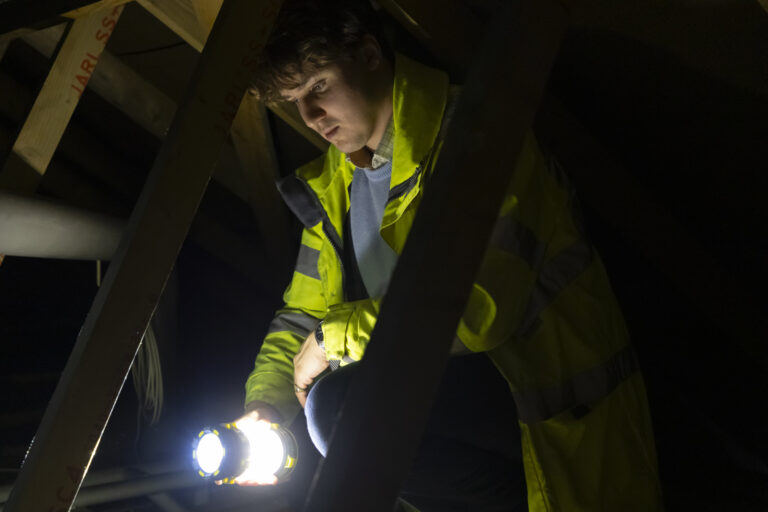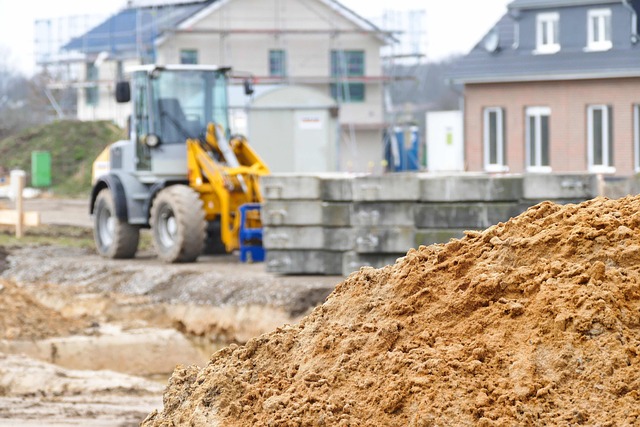Our pharmacy property market update is segmented based on property types, including standalone pharmacies, pharmacy chains, and pharmacies within healthcare facilities. Each segment has its unique characteristics and caters to different market demands.
The pharmacy property market has stayed broadly the same over the last few years, with a small reduction in contracts owned and operated by corporate or supermarket operators. As of 31 March 2022, there were 14,370 registered pharmacy premises across the UK, 730 of these are in Wales, and with 11,816 in England. Of this total there are approximately 3,560 independently operated premises and 5,653 were under corporate and supermarket ownership. We understand that NHS Business Services Authority recorded 557 pharmacy ownership changes in the last 12 months, this is likely to have included administrative changes, and will not solely be due to pharmacy sales.
Dispensing activity for England increased by 4.5 per cent for the year ending March 2022, with average of 7,765 items per month, reversing the decline witnessed in 2021. We understand that across pharmacy settings there have been improvements in dispensing numbers, with standard community settings seeing the highest increase of 4.2 per cent, with the average moving to 7,173 items, albeit still below the combined average. We note that the independent sector is faring better than corporate pharmacy, with a combined average increase of 3.5 per cent versus a 1.8 per cent increase in corporate dispensing. Despite some improvement, integrated pharmacies (those within healthcentres) remained the lowest at 1.9 per cent, in part due to the continued restrictions on patient access.
There have been a number of challenges to the Market primarily Wages, which including locum costs have risen by 0.2 per cent or an increase of 0.5 per cent excluding locum costs. This has resulted in EBITDA margins has rising by circa 1.7 per cent, and Gross Profit by 1.9 per cent.
In May 2022, GP-based media outlet, Pulse, reported that, according to NHS Digital figures, which are based on data submitted by 84 per cent of PCNs (Primary Care Networks), PCNs have hired 4,722 Pharmacists, and 16,780 staff have been hired with support from the Additional Roles Reimbursement Scheme (ARRS) and are working in general practice. The most recruited-to role is Social Prescribers, followed by Care Coordinators and then Pharmacy Technicians at 1,364.
Dispensing activity for England across the year to March 2022 increased by 4.5 per cent to an average of 7,765 items per month, reversing the decline witnessed in 2021. All pharmacy settings saw improvements in dispensing numbers, with standard community settings seeing the highest increase of 4.2 per cent, with the average moving to 7,173 items, albeit still below the combined average. The independent sector fared better than corporate pharmacy, with a combined average increase of 3.5 per cent versus a 1.8 per cent increase in corporate dispensing. Despite some improvement, integrated pharmacies remained the lowest at 1.9 per cent, in part due to the continued restrictions on patient access.
We have seen a continuing demand for purchase of NHS contracts, as well as a number of investment properties transacted. The pharmacy property market offers attractive investment opportunities for investors and developers looking to capitalise on the growing demand for healthcare services.





